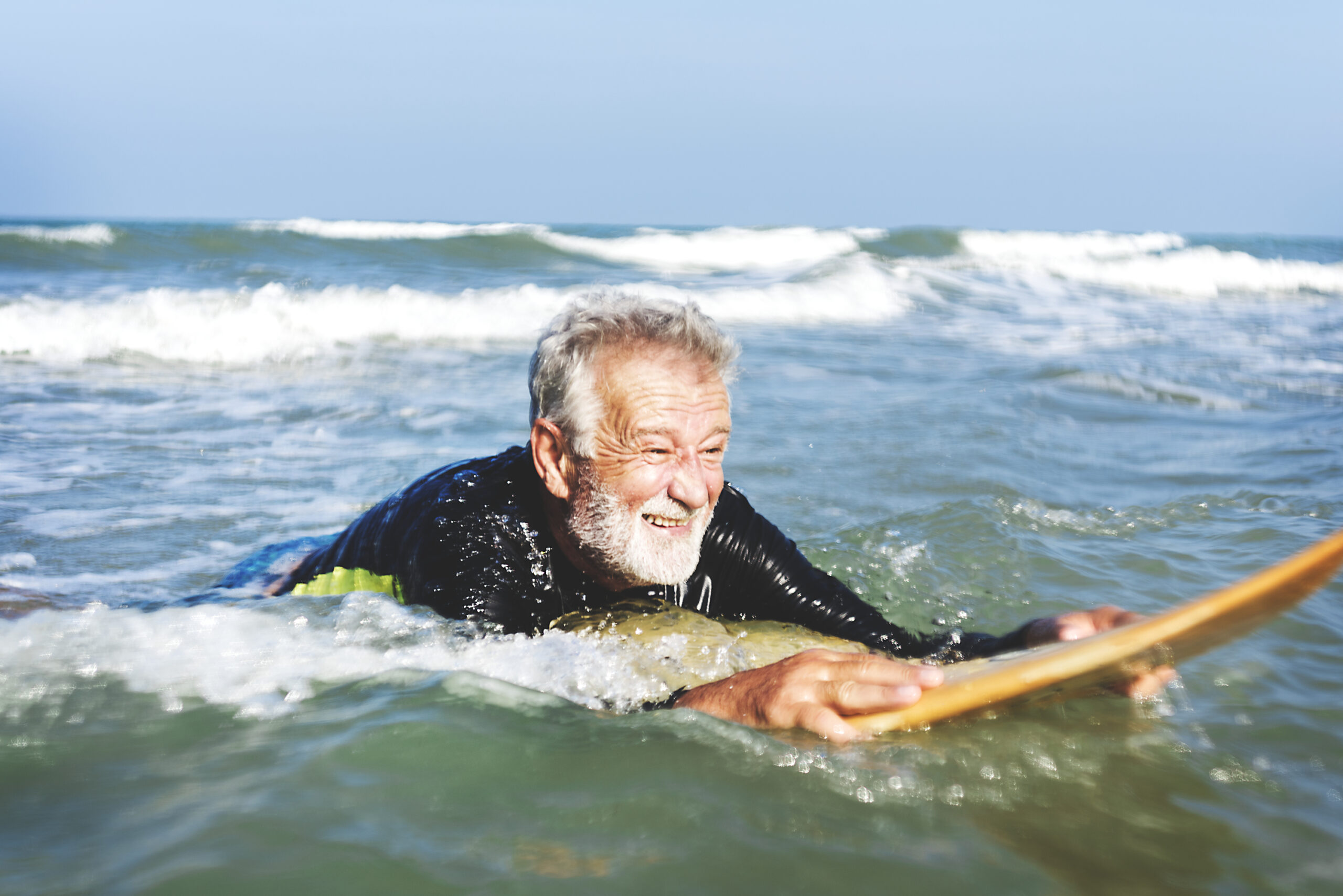
As people age, they often require a bit more assistance with their day-to-day activities. This is especially true for seniors, who may find it difficult to complete some of the simple tasks that we take for granted. If you are a loved one or caregiver of a senior citizen, it’s important to be aware of the different activities of daily living that may be necessary. In this blog post, we will discuss the most common activities of daily living for seniors and provide tips on how to help them stay as independent as possible.

Activities of Daily Living
Activities of daily living refer to the basic skills needed to properly care for oneself and meet one’s physical needs in six areas: eating, dressing, bathing, toileting, continence, and mobility. As we age, it’s not uncommon for our ability to perform these activities to decline. This can lead to a decreased quality of life and independence.
There are a few different ways that seniors can receive help with their activities of daily living. One option is in-home care, where a caregiver comes to the home to provide
Eating
One of the most important activities of daily living is eating. Seniors may need assistance with meal planning, grocery shopping, cooking, and eating. It’s important to make sure that seniors are getting the nutrients they need to stay healthy.
Dressing
Another activity of daily living is dressing. Seniors may need help with picking out clothes, putting on clothing, and taking off clothing. It’s important to make sure that seniors are comfortable and have the appropriate clothing for the weather.
Bathing
Bathing is another activity of daily living that seniors may need assistance with. This can include help with getting in and out of the bathtub, showering, and washing. It’s important to make sure that seniors are staying clean and avoiding any skin problems.
Toileting
Toileting is another activity of daily living that seniors may need assistance with. This can include help with going to the bathroom, using the toilet, and cleaning up afterward. It’s important to make sure that seniors are staying clean and avoiding any health problems.
Continence
Continence is the ability to control one’s bladder and bowel movements. As we age, it’s not uncommon for our continence to decline. This can lead to incontinence, which is the involuntary leakage of urine.
How Do Age and Other Things Contribute
Advancing age can naturally cause a decline or impairment in physical functions in otherwise healthy individuals. Health conditions that affect musculoskeletal, neurological, circulatory, or sensory systems can also affect a senior’s ability to perform ADLs. Other more subtle factors, such as social isolation, medication side effects, and certain characteristics of a senior’s home may make self-care increasingly difficult and unsafe as well.
For instance, if an older adult is wearing the same outfit each time you see them, it may be because they have lost the flexibility or dexterity needed to put on and fasten other clothing items they own. Simply switching from conventional clothing to adaptive clothing might allow for more independent dressing. Solutions could include bottoms with elastic waistbands, shoes with Velcro fasteners instead of laces or buckles, or shirts with magnetic front closures instead of pullovers and button-downs. In other cases, these symptoms may indicate changes in balance, coordination, energy levels and/or cognitive function, and a need for assistance with dressing.
Another common example is significant changes in personal hygiene practices. If fear of falling in the shower or bath is the driving force behind senior bathing infrequently, the solution could be as simple as implementing appropriate home safety measures, such as grab bars, non-slip floor mats, or a shower chair. If durable medical equipment and home modifications for aging in place still do not solve the problem, then hands-on care from a family member or bath visits from a home health aide may be in order.

This Can Be Frustrating
Most seniors want to maintain their independence for as long as possible, so they are often reluctant to tell someone they are having increased difficulties. They may fear having to move away from their home and comfort zone. However, Froemke points out that an honest evaluation of an elder’s ability or inability to perform ADLs will allow for the development of a customized plan of care that will enable them to continue living as safely and independently as possible while ensuring their needs are still met.
Always check on your elderly loved ones and thanks for reading.
